
By Justin Hsieh
Many factors go into students’ choices of where to apply to college, and where to go when they get in. These can include a school’s academic departments, their athletics and their financial aid programs or affordability. An equally important point of consideration, however, is the campus environment in which students will live, work and study during their time at school.
Based on three examples from New England schools, here are a few ways that college campuses can differ, and things to think about when considering them:
Integration into Surrounding Settlement
Schools don’t exist in a vacuum. Like any other human establishment, they are built in and around places of settlement – cities, towns, suburbs. Different schools, however, can have different levels of integration into – or separation from – their surrounding settlements.
On one side of the spectrum, there are schools that are relatively self-contained and separated from the downtown of the settlements they exist in. Brown University, an Ivy League school located in the large city of Providence, Rhode Island, is an example of this in an urban environment. Smaller Providence streets still go through parts of the campus, but thanks to its placement up on College Hill, the university is relatively distinct from the city at large.
Similarly, the small liberal arts college Wesleyan University in Middletown, Connecticut typifies a more unified campus. Smaller streets run through the campus and divide some sections from each other, but it is a largely continuous area. Instead of the topographic separation that physically sets Brown aside from downtown Providence, Wesleyan is distinct from the rest of its town through land use.
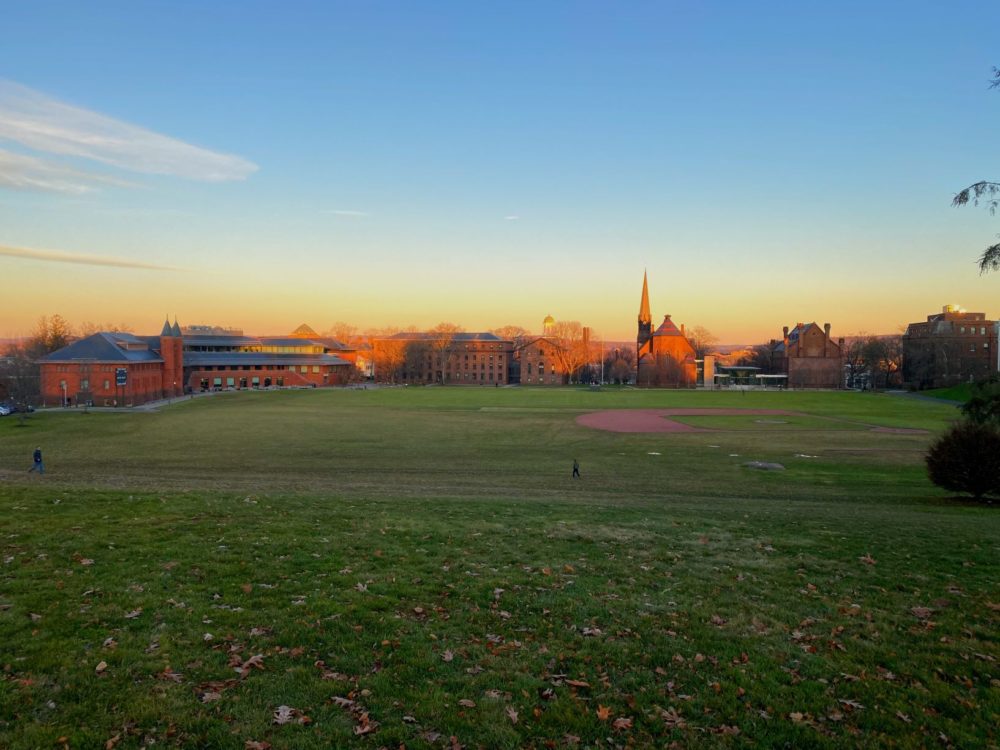
By contrast, there are some schools that are more integrated into their surrounding settlements. Yale University, an Ivy League school in New Haven, Connecticut, exemplifies this environment. Yale streets are New Haven streets, and the university’s buildings are organized into New Haven city blocks and largely blend into the city at large.
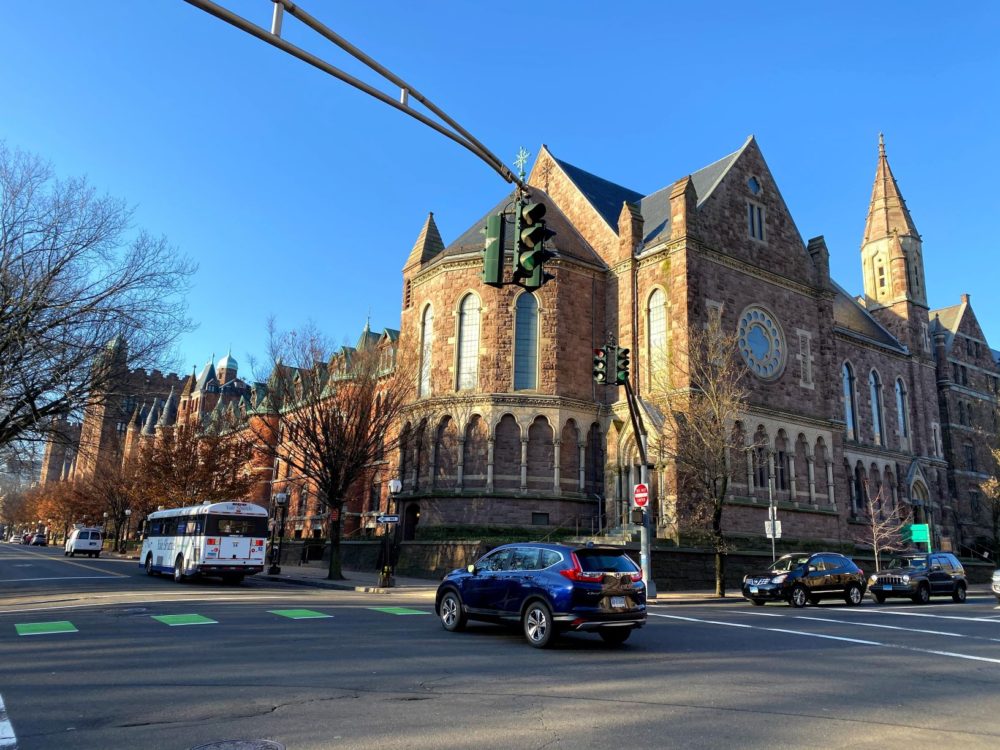
Residential Arrangements
Another factor to consider in a campus environment is its residential arrangements. At Brown and Wesleyan, the central campus buildings and dorms are ringed in the surrounding streets by small apartments and houses for students to rent and live in. At Yale, student residency is dominated by self-contained residential colleges within the university, which consist of living and sleeping complexes that house four hundred students each.
Architecture
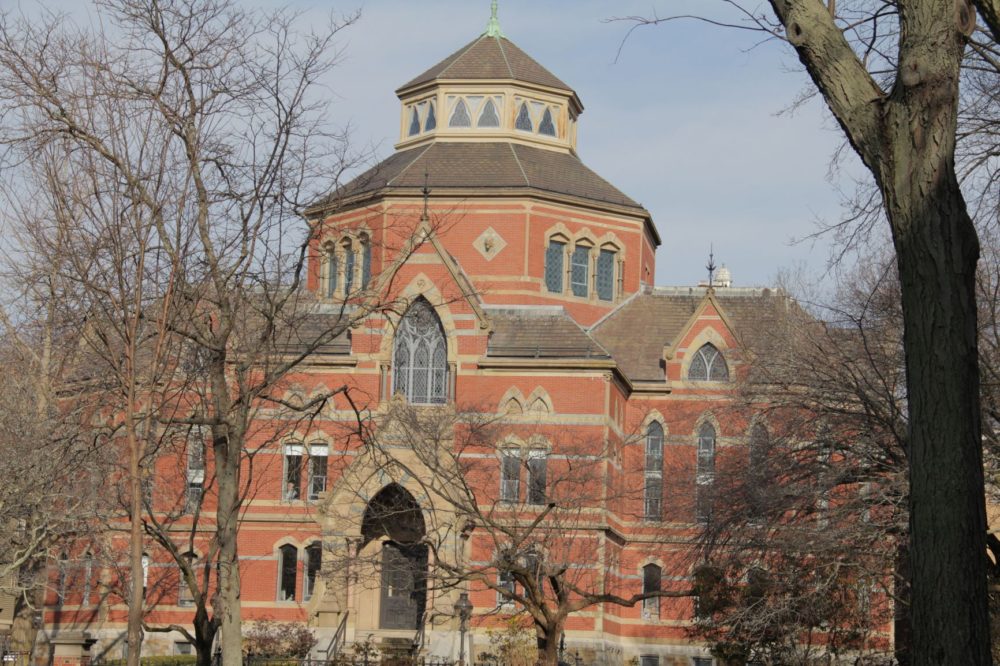
Part of a school’s campus is its aesthetic environment. A large part of this is the architectural style of campus buildings, which students will be living in and around for all their years at a school. Getting familiar with a campus’s style is important in determining whether a school is a good choice for a student to commit to living at for multiple years.
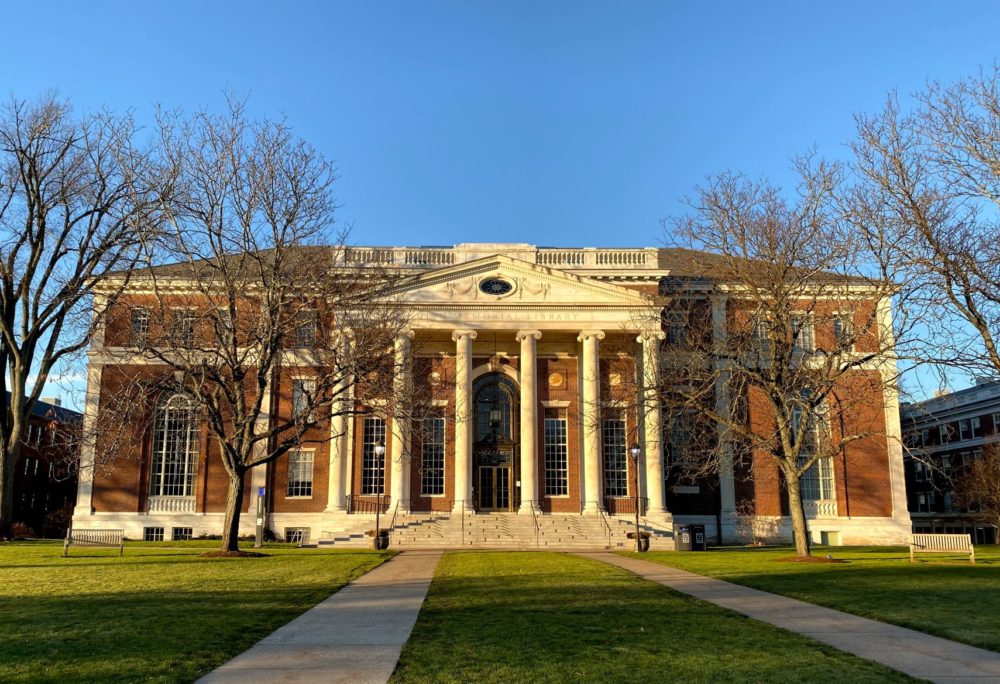
Brown and Wesleyan are dominated by traditional, simpler colonial red-brick style buildings, which give the campuses a both comfortable and elegant feel. By contrast, the medieval Gothic-style buildings of Yale offer a striking visual landscape that creates a feeling of inspiration and majesty.
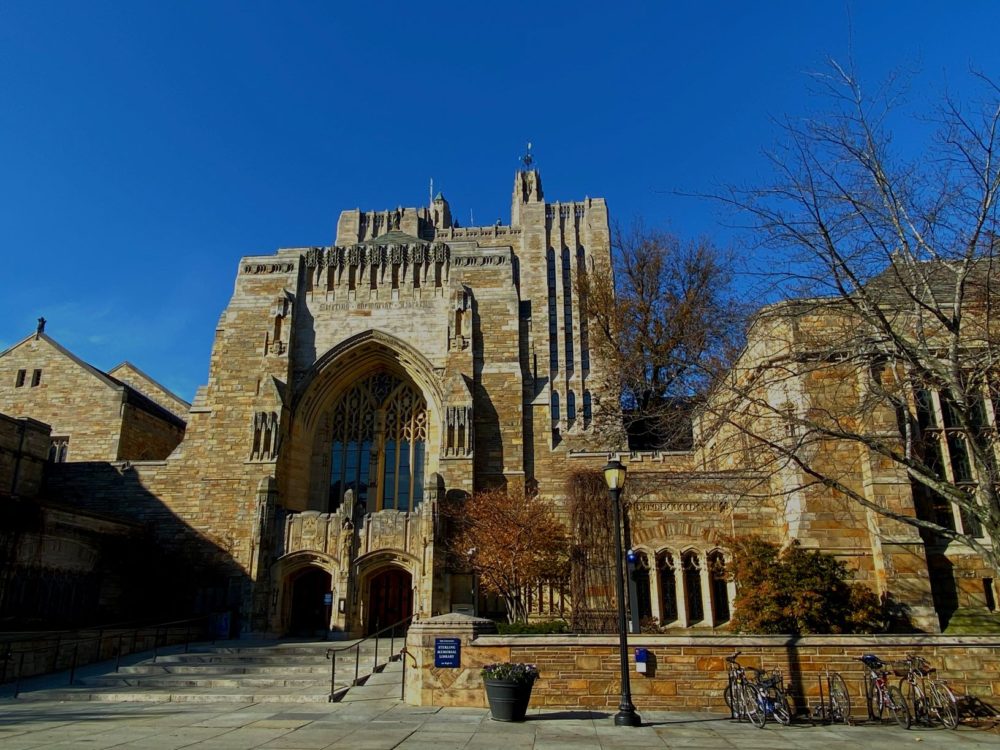
Weather and School Size
All three of these schools differ significantly from the familiar University of California (UC) environments that many FVHS students are familiar with.
For one, the New England campuses are frigid and covered in snow in the winter, with underground tunnels connecting many buildings on all three campuses for the express purpose of allowing students to avoid walking through the snow. UCs, on the other hand, tend to go through the traditional Californian winter, which is so warm as to be laughable to New Englanders.
In addition, Yale, Brown and Wesleyan are all significantly smaller than all of the UCs in both enrollment and physical size. The largest of the three New England schools, Brown, has an undergraduate enrollment of about 6,500 students. The smallest UC school, Merced, has about 6,800 undergrads. On the other hand, the smallest of the New England schools, Wesleyan at 3,000 undergraduates (a smaller student body than FVHS), pales in comparison to the largest UC, UCLA at 30,800 undergraduates. The campuses reflect these enrollment differences, and the size of a school community are important factors for students to consider when choosing their schools.
Of course, this article leaves out many other environmental factors that should weigh into students’ college decision-making process, including student body composition (undergrad/grad ratio), the food and activities in a surrounding settlement, and the dominant type of transportation in a surrounding settlement. To get a more thorough assessment of all the factors that they should consider when choosing a college, students should talk to their guidance counselors or visit bigfuture.collegeboard.org, the College Board’s college search website.





